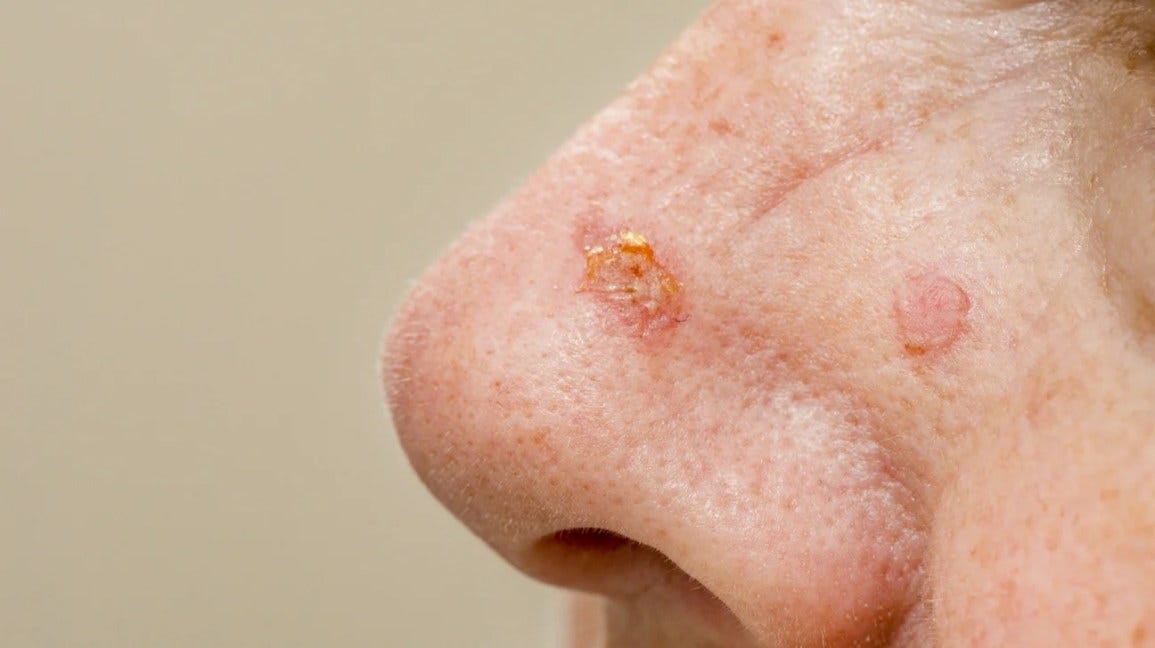10 Terminologies for Skin Lesions
Written by Ayebamiebi Yousuo
Introduction
The skin is the largest organ of the body, and it is not just big for nothing. The skin has a variety of functions ranging from temperature regulation to excretion to its immune function as the first line of defense against offending agents.
In some incidents of exposure to offending agents, the skin can undergo an abnormal structural change known as skin lesions.
Classification of Skin Lesions
Primary Skin Lesions: these are skin lesions from birth or that develop spontaneously in life. Let's say lesions that you wake up to.
Secondary Skin Lesions: they develop from primary skin lesions due to activities such as scratching, rubbing, treatment or just progression.
Terminologies Describing Primary Skin Lesions
Below are 10 terms you can use to describe a primary skin lesion to a doctor, nurse, or anyone in the health sector.
Macules: These are flat non-palpable skin lesions that are < 5mm in diameter and differ in colour from the surrounding normal skin, e.g. freckles.
Patches: These are flat non-palpable skin lesions that are > 5mm in diameter and differ in colour from the surrounding normal skin, e.g. vitiligo.
Papules: These are elevated palpable lesions that are < 5mm in diameter, e.g. acne.
Plaques: these are elevated or depressed palpable lesions that are > 5mm in diameter, e.g. psoriasis.
Nodules: These are firm palpable lesions that involve the dermis or subcutaneous tissue. They are usually > 5mm in diameter, e.g. neurofibromatosis.
Vesicles: These are clear fluid-filled palpable skin lesions known as blisters, that are < 5mm in diameter, e.g. vesicles seen in herpes infection.
Bullae: These are blisters > 5mm in diameter, e.g. bullous pemphigoid. 8. Pustules: these are pus-filled vesicles/bullae, e.g. pustular psoriasis.
Cysts: These are sac-like swellings of membranous tissue containing fluid or some other substance.
Wheals: These are reddish itching papules/plaques due to an inflammatory reaction, e.g. urticaria. They are usually transient, disappearing within minutes or hours.
In conclusion, looking for the right term to describe a lesion can be like solving a puzzle sometimes, but with the right understanding of what a term describes it becomes so easy, and you don't have to be in the health sector to describe one.
Written by Ayebamiebi Yousuo from MEDILOQUY


